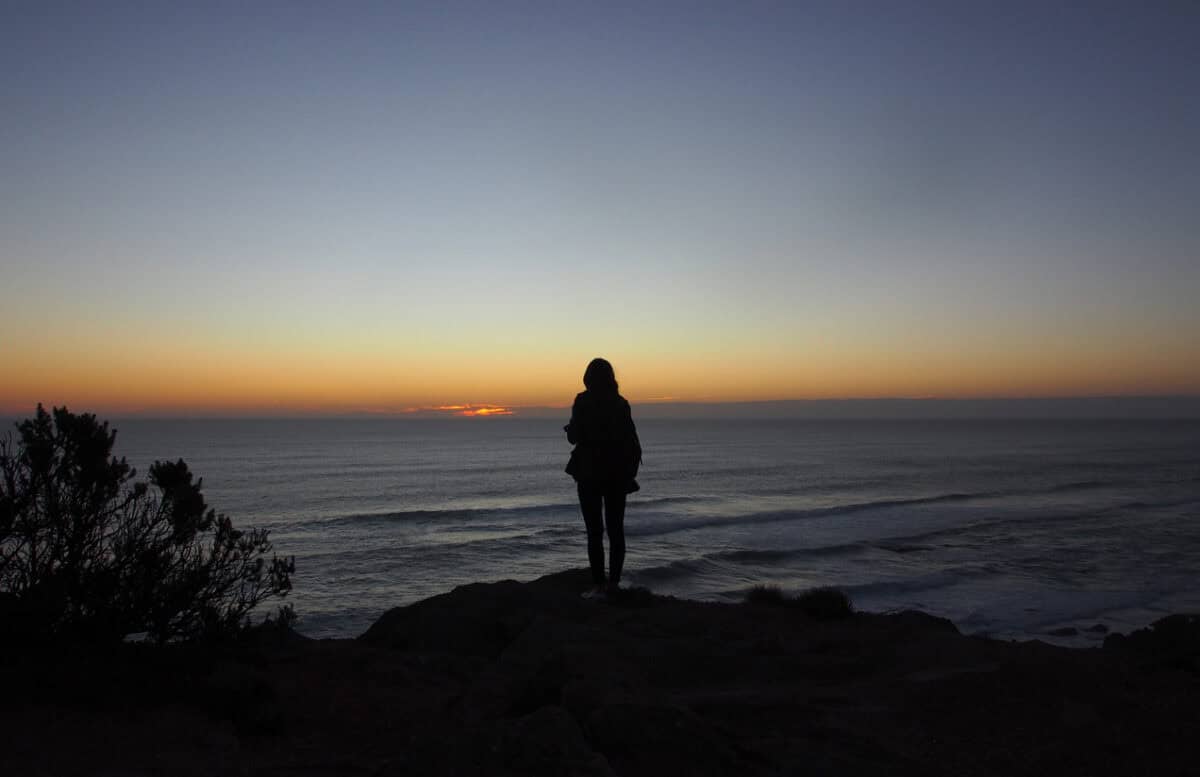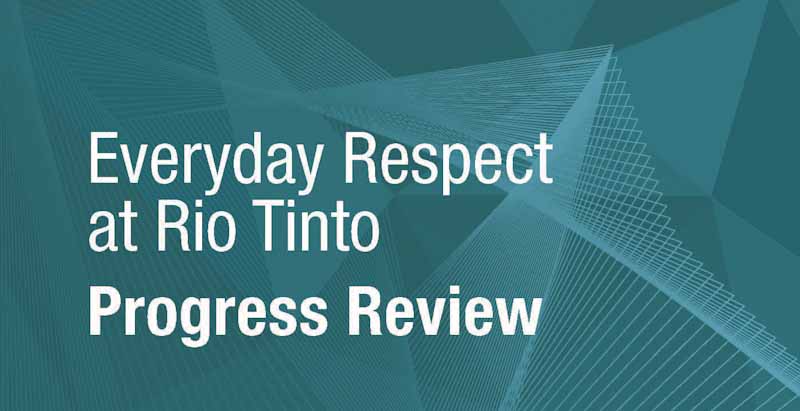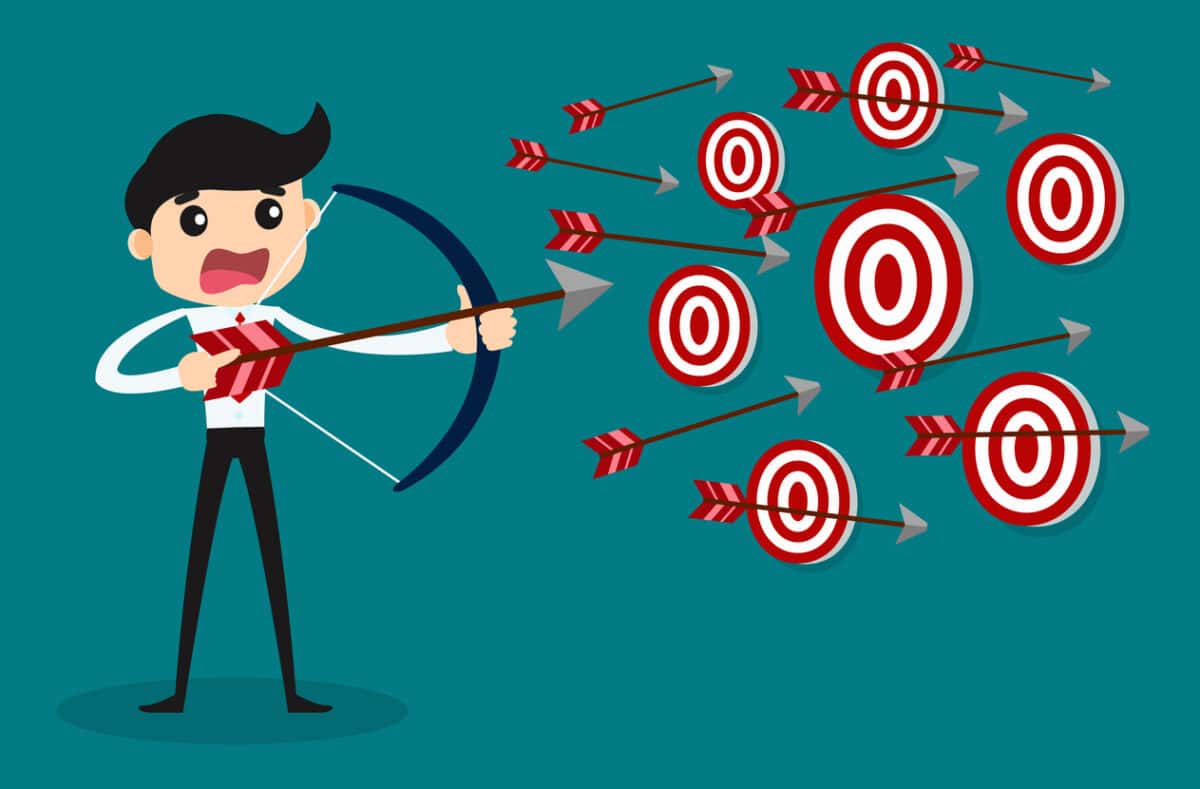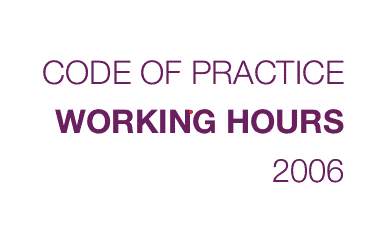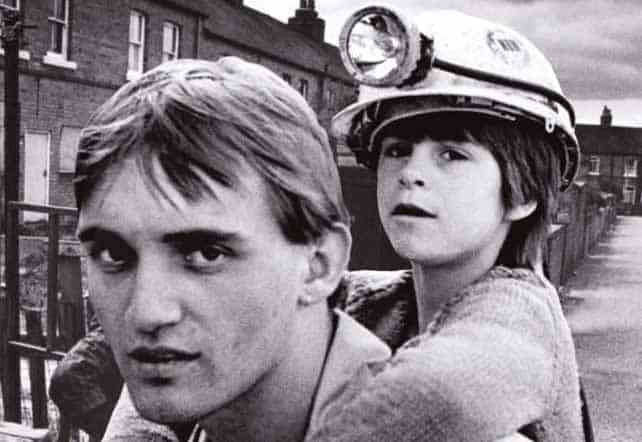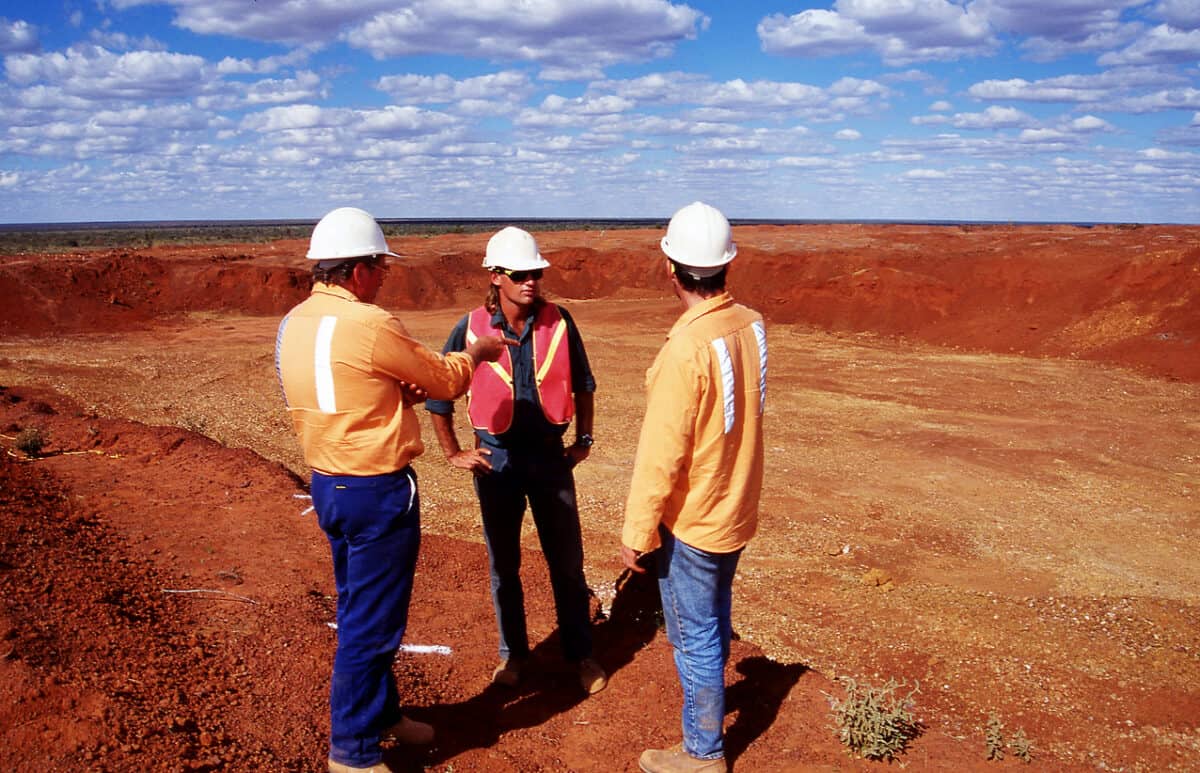Many of the prominent Australian mining companies are in the process of changing their cultures to minimise the risk of sexual assaults and harassment after several recent damning inquiries into worker health and safety. Everyone seems to agree that cultural change can take a long time. I am not convinced. Change will take time if one operates within the existing organisational and operational parameters and structures. But sometimes, the harm to workers is so great that a long time exacerbates unfairness and injustice.
Category: mining
How bad must it have been?
The corporate cultures of Australia’s mining industry have been under substantial scrutiny for over a decade. Sexual harassment, bullying, work-related suicides and more psychosocial hazards have been identified with strategies introduced to address the cultures that contribute to these occupational harms.
On 20 November 2024, Rio Tinto released a progress survey on its cultural change initiatives, which the Australian Financial Review (AFR) described as showing a “backlash” to these reforms. This survey is a significant document for those on similar journeys and for occupational health and safety (OHS) advocates.
“If you don’t sound the alarm, who will?” Matt Peacock and work health and safety
Prominent investigative journalist, Matt Peacock, has died from pancreative cancer. Few of us are lucky enough to save people’s lives, some of us change the world. Matt did both. He was never an occupational health and safety (OHS) specialist but his impact on the world of work, especially in Australia was profound and, probably, unmatched.
In 2019, I was helping the (then) Safety Institute of Australia with its conferences. I approached Matt to speak at the 2019 national conference dinner in Sydney, hoping he would be provocative. (Here is an article from that time) He shocked many in the audience when saying:
“..my message tonight is that if you were all doing your jobs properly, then I wouldn’t have had anything to report on in the first place.”
He did not let up on his challenging criticism that night. Below is the full transcript of his presentation, available for the first time.
Trade union organiser jumps the gun on Industrial Manslaughter after mine rockfall
Last week, a miner, Kurt Hourigan, died in a rockfall in a gold mine in the rural city of Ballarat. Another was rescued, and over twenty work colleagues were able to access a safety pod and exit the mine later.
Accusations of mismanagement and deficient occupational health and safety (OHS) practices are rife. The media coverage of the disaster and its aftermath reflects the days immediately after the Beaconsfield Mine Disaster in Tasmania in 2006, where the trade union, the Australian Workers Union (AWU), dominated the provision of information. But why is the AWU calling for a prosecution for Industrial Manslaughter? And why now? Isn’t there a stronger OHS message available?
A refresh of the Code of Practice for Working Hours could be of great benefit
Many workers have a working week that includes more hours than they were contracted for. This is often described as “unpaid overtime”, which is a misnomer as “overtime” traditionally involves being paid a higher rate of income to compensate for making one available beyond or “over” regular business hours. Unpaid overtime can also be considered employer- and employee-endorsed exploitation and lead to industrial disputes, as junior doctors recently showed in Victoria.
Since 2006, the West Australian government has had a Code of Practice for Working Hours, with supporting documents such as risk management guidelines. This level of prescription could be applicable in supporting and clarifying newly-emphasised occupational health and safety (OHS) duties for psychosocially healthy work.
“Backbone of the Nation” and safety
In 1984 I was in England during the miners’ strike, a period of profound social and political change in the United Kingdom. The politics of that period have always fascinated me, but my profession has also caused me to look at some of the attitudes to occupational health and safety (OHS). While holidaying recently in the UK, I purchased Backbone of the Nation, looking at both the politics and safety.
The individual remains at the heart of workplace mental health in mining
One of the most significant takeaways from the 23rd World Congress on Safety and Health at Work is Australia’s relative position of occupational health and safety (OHS) privilege. For instance, in the mining sector, Australian workers are rarely exposed to tuberculosis, HIV, silicosis and chemical exposure to the extent of similar workers in other countries. Instead, Australia has the comparative luxury of focusing on the psychosocial hazards associated with the fly-in, fly-out (FIFO) workforce.

